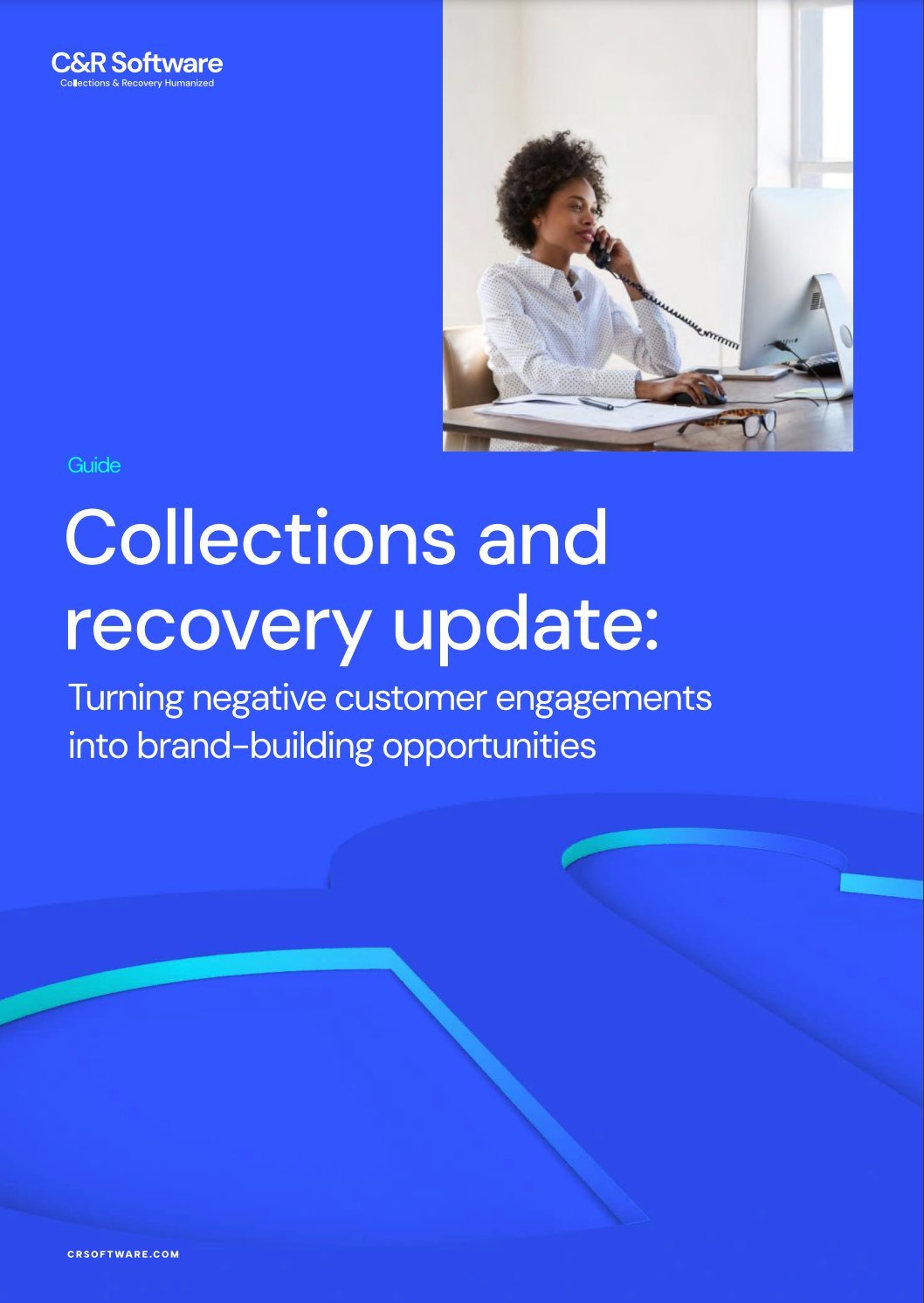Knowing your customers, keeping up-to-date records and having the tools to reach them when you need to is vital for any business.
Customer Relationship Management (CRM) software has become a staple in recent decades for many industries. Banks, insurers and utilities companies have all adopted it to streamline their customer interactions. But the fact is, CRM software is designed for marketing and sales results rather than collections.
Customer management in collections and recovery is complex, and CRM software simply doesn’t have the adaptability or functionality to support this complexity. The fact is, CRM software can’t provide the dynamic and customer centric processes like configurable platforms can. Here’s why.
Why CRM software is becoming obsolete in collections and recovery
CRMs lack the tools specific to collections and recovery
CRM systems are designed for sales teams, not collection and recovery teams. Its main purpose is to compile customer data and streamline its management to boost sales; which explains why it's sometimes called ‘Customer Relationship Marketing.’
In collections and recovery, simple data storage won’t cut it. Each customer is completely different to the next, and you need a platform that can identify the right treatment path for each. We’re talking about executing data-driven strategies and integrating necessary software to provide customers with personalized solutions. These are things CRM software simply can’t do.
Static systems don’t fit a dynamic industry
Collections and recovery software needs to be configurable. There are frequent regulation changes followed by industry specific adjustments that differ greatly from the next; a newly delinquent account will need to be handled differently than an account whose payment is 6 months overdue.
CRM software lacks the agility and adaptability to keep up in the dynamic collections and recovery industry. It doesn’t have the configurability to take factors like regulation and industry specific changes into account, or the ability to set up and manage workflows and create collections-specific reports. Simply put, CRM software fails to adapt to industry changes and customer needs at the same time, let alone in real-time.
What are the benefits of a configurable collections and recovery platform?
Complete configurability and agility
Configurable platforms enhance the agility of your operations tenfold. You can adjust workflows without the need of a technical specialist, meaning you can be agile and compliant with the ever-changing industry. Better yet, these platforms also support the easy integration of a wide number of systems and features that help guide customers to financial health, such as;
- Audio analytics
- Chatbot support
- Omnichannel communications
- Machine learning and AI
Machine learning and AI tools for humanized processes
Managing customers in collections and recovery is far more complex than those in other industries that swear by CRM software. These are customers facing difficult situations that have a number of circumstances leading to their delinquency. You need to use data-based strategies to support each of these customers, something that is impossible to do with a CRM.
By integrating a configurable platform, you can harness the potential of AI tools and machine learning to humanize your customer management. By looking at historical data and analytical models, these tools can segment customers based on their individual characteristics. Then, you can provide the perfect support and guidance for each of these groups to reach financial health in a humanized way; resulting in an efficient process and a happy customer.
Harness the potential of configurability with Debt Manager
There is no doubt that CRM software is obsolete when it comes to humanizing the collection and recovery process. Configurable platforms are simply better in every way, providing the adaptability, agility and customer centricity for you to support and guide customers to financial health; not make sales.
C&R Software’s industry leading debt collection and management software has customer centricity and humanized processes at the core of its operations. It showcases complete configurability with your systems and processes, all in one easy-to-use place; letting you focus on what matters most - helping your customers.
To find out more about how Debt Manager can help you humanize and optimize your processes, contact a member of our team today.
.jpg)
.jpg)


-Dec-30-2025-06-36-56-3343-PM.png?width=352&name=operationalize%20AI%20(15)-Dec-30-2025-06-36-56-3343-PM.png)
.png?width=352&name=operationalize%20AI%20(21).png)
.png?width=352&name=operationalize%20AI%20(20).png)
.png?width=352&name=operationalize%20AI%20(19).png)